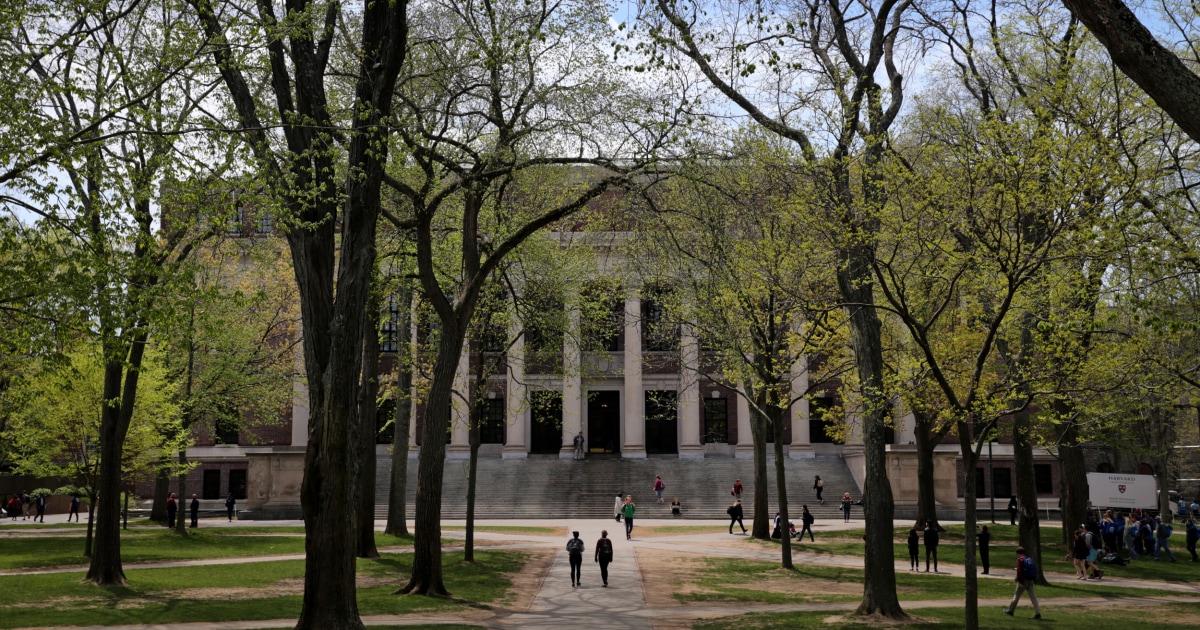Even at elite colleges lauded for generosity, some students take on debt
Companies, agencies, institutions, etc
The Hechinger Report
the University of California
Boston College
Cornell
students’
Temple University
College Costs, Financial Aid
the American Dream
The Institute for College Access & Success
Harvard
the University of Pennsylvania “
Department of Education
Yale
Amherst College
Northwestern
Stanford
Goldrick-Rab
George Washington University
Croft
Pell Grants
Princeton
Columbia
the Department of Education
U.S. News
World Report
the Center for American Progress
getting.”Goldrick-Rab
NBC UNIVERSAL
People
Zelia Gonzales
Cornell
out.“I
Sara Goldrick-Rab
Debunked
John Carberry
Gonzales’
LaMotta
Rachael Dane
Thomas Conroy
Griffen Croft
Princeton
Penn
outLaMotta
Groups
families’
debt.“These
Physical locations
college.“I
Places
No matching tags
Locations
Sacramento
Santa Cruz
parents’
Ohio
Spencerville
California
Virginia
students’
Events
No matching tags

Summary
She also now has to pay her own share of the amount of tuition and fees not covered by financial aid, since her grandmother’s gift has run out.“I wanted to end school without having any loans, and I thought that I could do that, and when I got here I realized there were a lot more costs,” Gonzales said.At a time when the college admissions bribery scandal is shining a spotlight on the socioeconomic divide in higher education, low-income students even at the wealthiest institutions often take on debt to finish — contrary to public perception.The reasons are many: Even colleges that say they will meet all of a student’s financial need still count on the student to contribute by working, which may be difficult for those who want to focus on academics or take unpaid internships. Then there are the costs that pop up beyond tuition, room and board — like health insurance or transportation — that may not be part of a student’s financial aid package.Colleges have also faced criticism for not taking students’ cost of living into account and for lowballing their families’ financial need by not considering their household debt, said Sara Goldrick-Rab, a professor of higher education policy and sociology at Temple University who has studied student debt.“These schools are wealthy as heck, and they’re getting basically free advertising by claiming to meet need when they're not meeting need,” said Goldrick-Rab, the author of “Paying the Price: College Costs, Financial Aid, and the Betrayal of the American Dream.” “And the thing is, these students are getting screwed.”If her calculations hold true, Gonzales will owe less than $28,650, the average debt for undergraduates who borrow to attend public or private nonprofit universities and colleges, according to The Institute for College Access & Success. At Amherst College, which describes its financial aid policies as “among the most generous in the nation,” the figure is 17 percent; at Northwestern, 27 percent; and at Stanford, 10 percent.Thirty percent of Cornell undergraduates took federal student loans to pay for their educations; the university itself says 41 percent graduate with debt, though that’s down from 54 percent in 2007.Those seven institutions have endowments that collectively total just under $120 billion.This is happening in part because, pressed to admit more low-income students, the institutions “artificially understate the actual need that the students have and claim to meet it, while also claiming that if a student takes debt, that's because of poor choices,” Goldrick-Rab said.Part of the reason for the gap is that universities take into account family income but not household debt, Goldrick-Rab said, even though many working families have outstanding car and other consumer loans.Meanwhile, the living allowances for which a fifth of universities and colleges tell all students to budget are at least 20 percent lower than what they’ll actually need for a modest standard of living, even when these expenses are shared with roommates, according to research Goldrick-Rab co-authored; those are the costs for which students at elite schools say they’re most often forced to borrow.Institutions “are assuming a student can live on $300 a month when the reality is $600 a month,” Goldrick-Rab said, and that doesn’t necessarily account for books, materials and travel expenses.Related: Debunked: $1 trillion in student debt and other myths about the liberal artsGonzales had to take out loans for room and board beyond what was covered by her Cornell financial aid package, and for mandatory health insurance.
As said here by Aaron Gettinger, The Hechinger Report